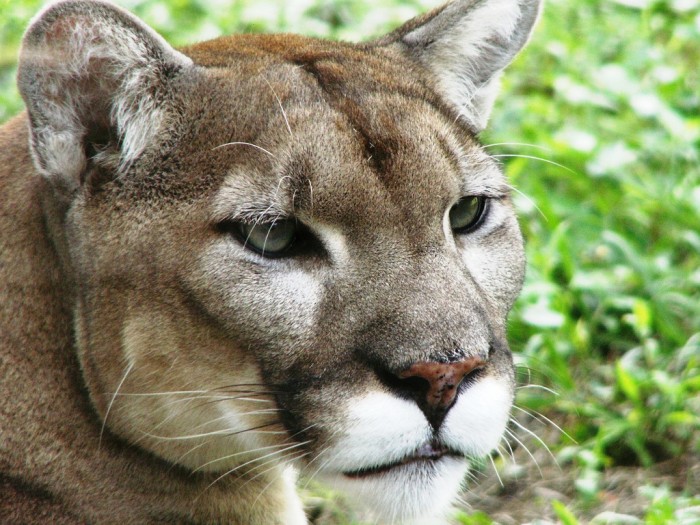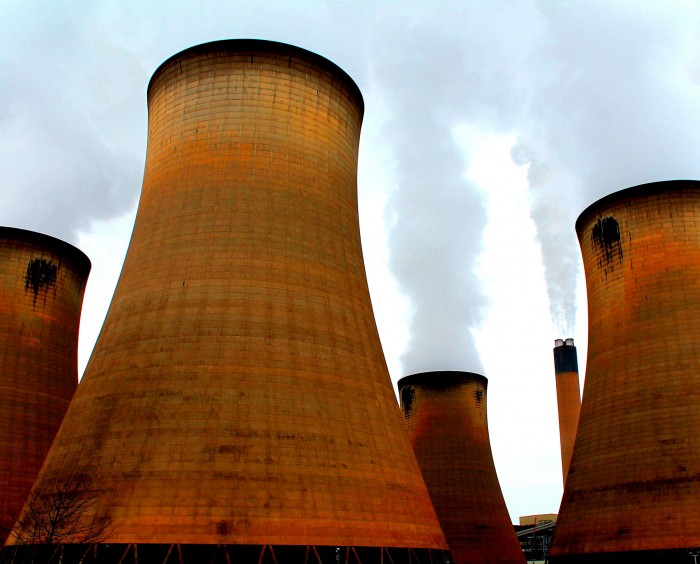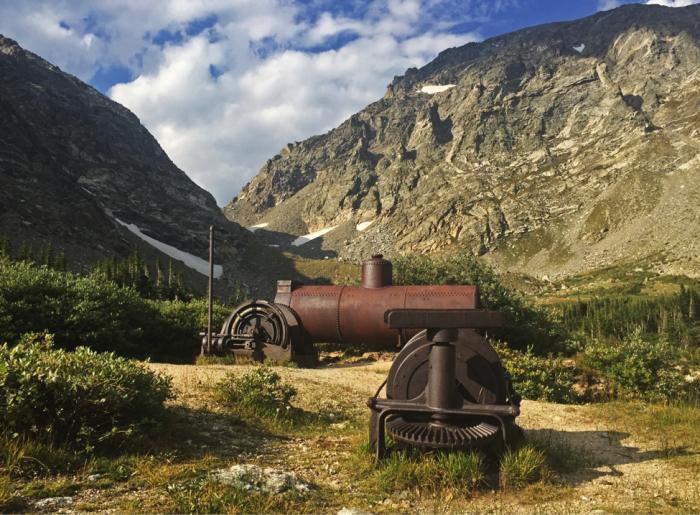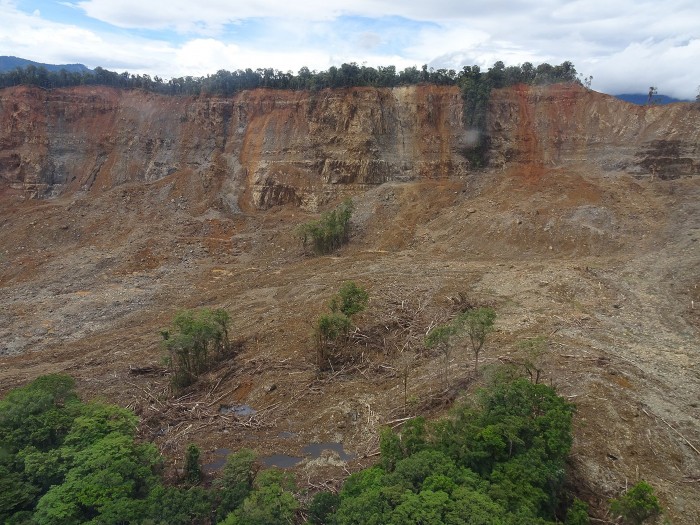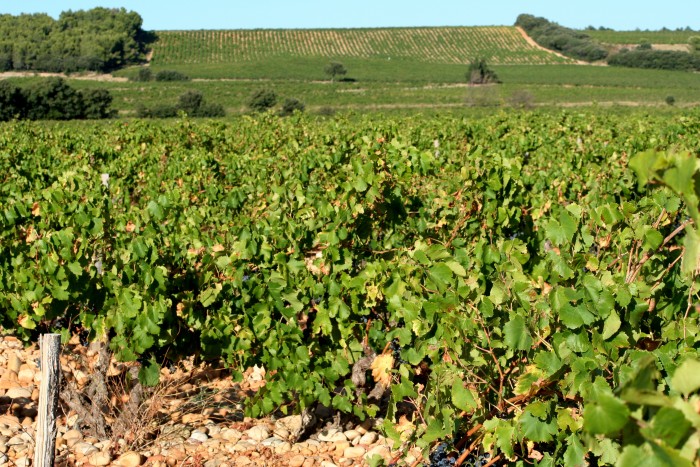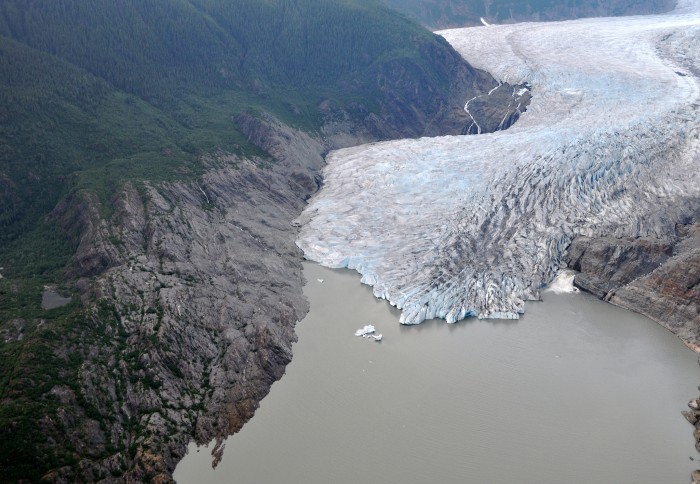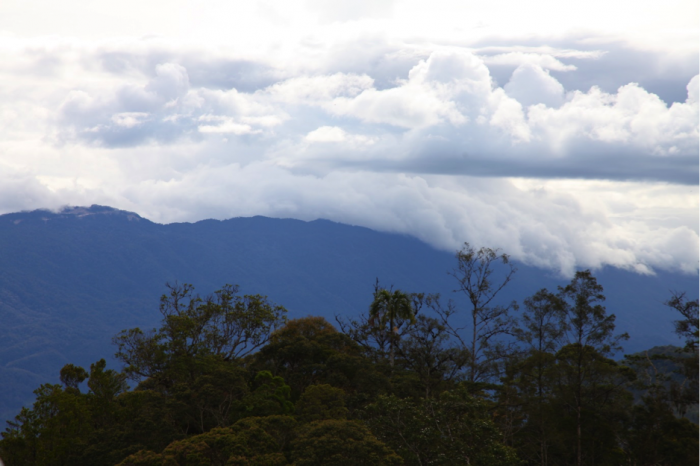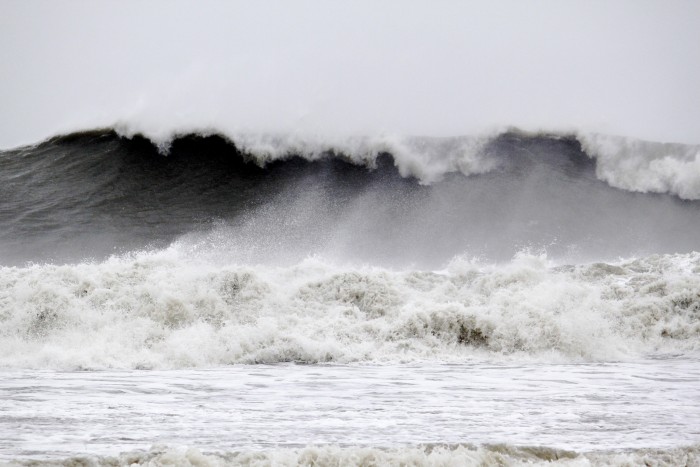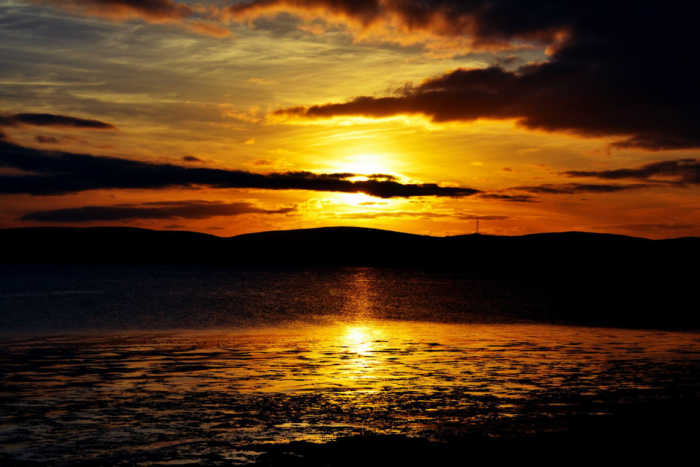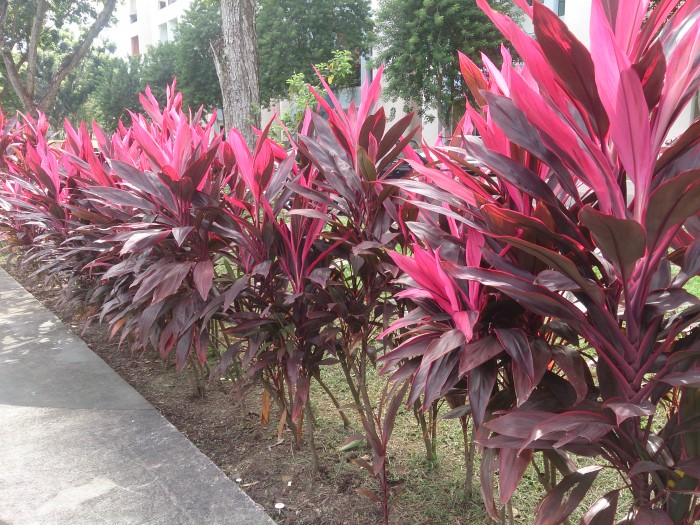The word for “earthquake” in the Huli language is wonderfully onomatopoeic: dindi dumbirumbi (literally “earth moving and shaking”). During fieldwork conducted in 2016, I interviewed an elderly Huli ritual leader named Dali Ango at his home in Koroba, located in Papua New Guinea’s (PNG) Hela Province. Huli ritual leaders, who inherited their position, were holders of a vast amount of traditional historical, genealogical, and cosmological knowledge. Ango talked of ancient land spirits (dama in Huli) named Hu and Hunabe, who, along with dindi dumbirumbi, formed the earth and the mountains. Earthquakes were just one of several indications that the earth was tending toward disaster. Earthquakes, droughts, floods, periods of famine, or even major warfare were held to be signs of impending doom that required the performance of large-scale dindi gamu (“earth spell”) rituals as a remedy (Ballard 1998: 73). In cultural terms, the most significant and influential seismic event that occurred in Huli history was the Plinian eruption of the Long Island volcano in the late seventeenth century (Blong 1982: 131). The resultant ash cloud that blanketed the landscape came to be known throughout Huli territory as mbingi, or “time of darkness.” The volcanic ash resulted in greatly increased fertility of the land and a period of abundant harvest for the years that followed. Mbingi was thought to be preceded by events such as earthquakes (which it quite likely was). Crucially, if people followed the correct procedures and behaviors during the event, then mbingi would result in a time of plenty. If social taboos were ignored and moral laws broken, then mbingi would be prolonged and all the crops would fail, and people would starve to death (Glasse 1995: 69).
Read More “Michael Main: How PNG LNG Is Shaking Up the Earthquake”
